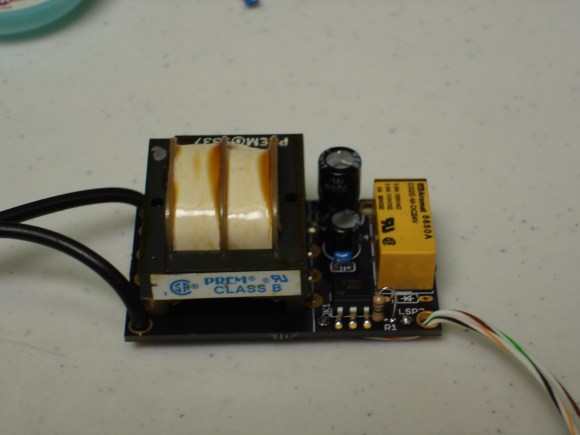[Simon], a gardener in the United Kingdom, created this super cheap and easy to build rocket stove. The great thing about this little guy is that the methods and materials used to create it are so basic, anyone should be able to quickly make their own for just a few bucks. If nothing else, this is a good introductory project for people wanting to experiment with these stoves.
The only materials required are a metal 5 gallon cooking oil drum, a few scrap pieces of chimney liner pipe, and some sand. That’s it.
[Simon] cut off the top of the oil drum and made a hole in the front to fit the pipe. He then trimmed the scrap pieces of pipe to form a 90 degree elbow and positioned that in place inside the drum. Sand poured around the pipe acted as the insulator. Finally, he cut and flattened a scrap piece of pipe to use as a front loading tray for the wood.
Simple as that. Party on.
[via The Flying Tortoise]

















